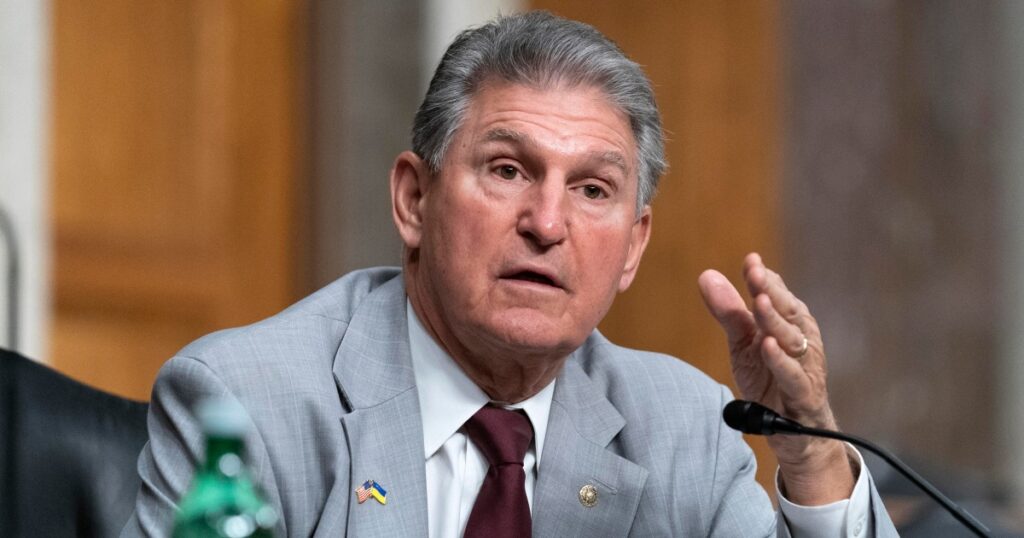Understanding the Debt Ceiling: A Comprehensive Overview
The debt ceiling refers to the maximum amount of money that the United States government can borrow to fund its operations and meet its financial obligations. It is a limit set by Congress, beyond which the government cannot legally borrow any more money. The debt ceiling is an important tool for controlling government spending and ensuring fiscal responsibility.
When the government reaches the debt ceiling, it cannot borrow any more money to pay for its expenses. This can lead to a government shutdown or a default on its financial obligations, which can have severe consequences for the economy. To avoid these scenarios, the government must either reduce its spending or increase its revenue through measures such as raising taxes or cutting expenses.
The debt ceiling is a highly debated and politically charged issue. It often becomes a point of contention between political parties, as they negotiate and make decisions on government spending and fiscal policies. The debt ceiling has been raised numerous times in the past to accommodate the growing needs of the government, but it remains a topic of concern and scrutiny for policymakers and economists alike.
Impact of the Debt Ceiling on Individuals: Key Considerations
While the debt ceiling may seem like a distant and abstract concept, it can have a direct impact on individuals and their everyday lives. One of the key considerations is the potential for a government shutdown. If the government fails to raise the debt ceiling and cannot borrow more money, it may be forced to halt certain operations and services. This can disrupt essential services such as social security payments, tax refunds, and even national defense.
Another consideration is the potential for an economic downturn. If the government defaults on its financial obligations, it can lead to a loss of confidence in the economy and financial markets. This can result in higher interest rates, reduced access to credit, and a decline in the value of the dollar. These factors can affect individuals’ ability to borrow money, purchase homes or cars, and even find employment.
Furthermore, the debt ceiling can also impact the overall financial health of the country. If the government is unable to borrow more money, it may be forced to cut spending in various areas, including education, healthcare, and infrastructure. These cuts can have long-term consequences for individuals and communities, as they may result in reduced access to quality education, healthcare services, and deteriorating infrastructure.
In conclusion, the debt ceiling is a crucial aspect of the United States’ fiscal policy. It has implications for both the government and individuals. Understanding the debt ceiling and its potential impact is essential for individuals to make informed decisions and be prepared for any potential consequences that may arise.







